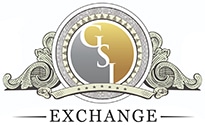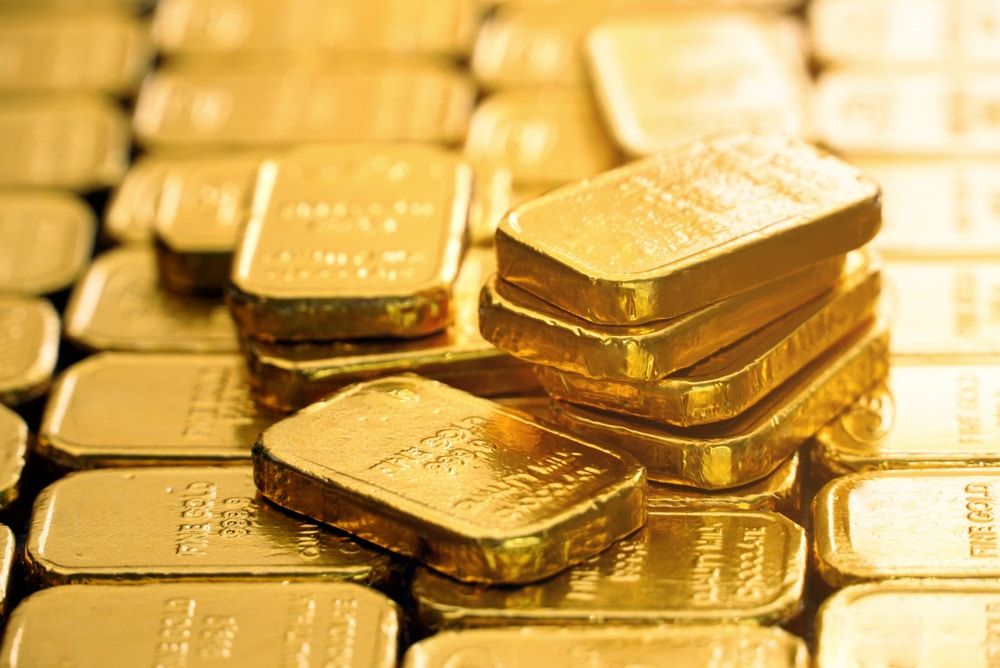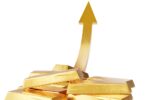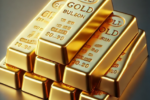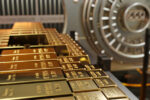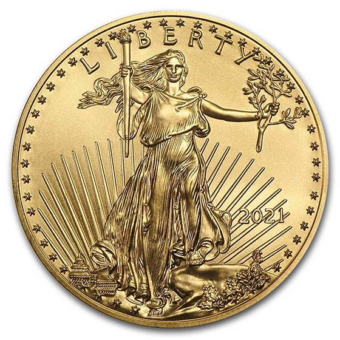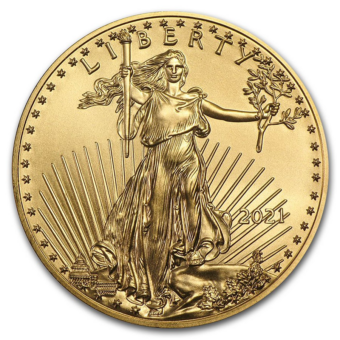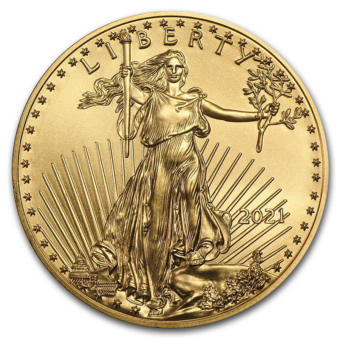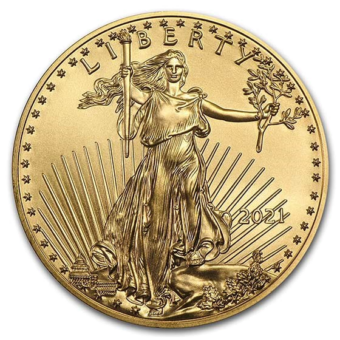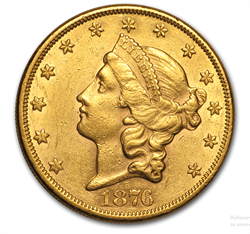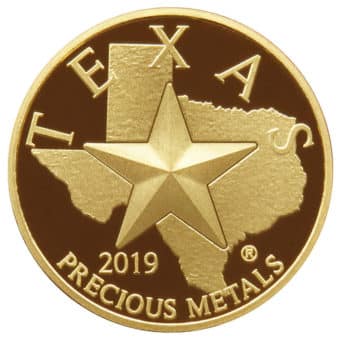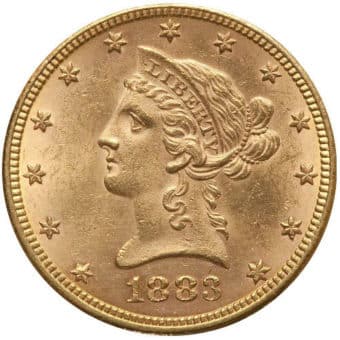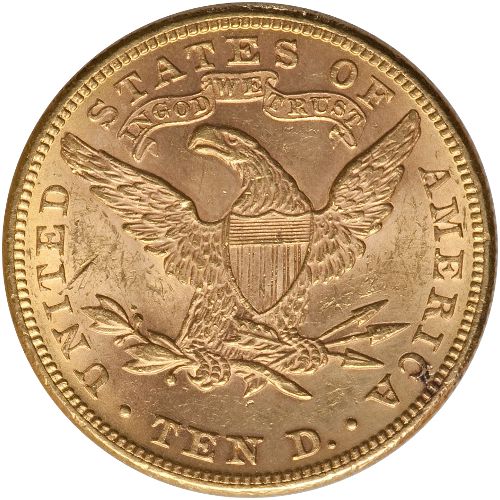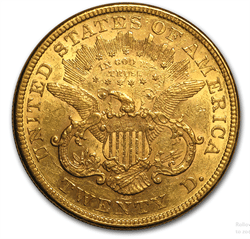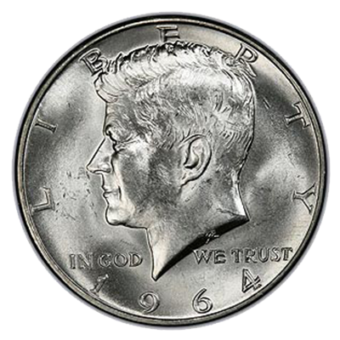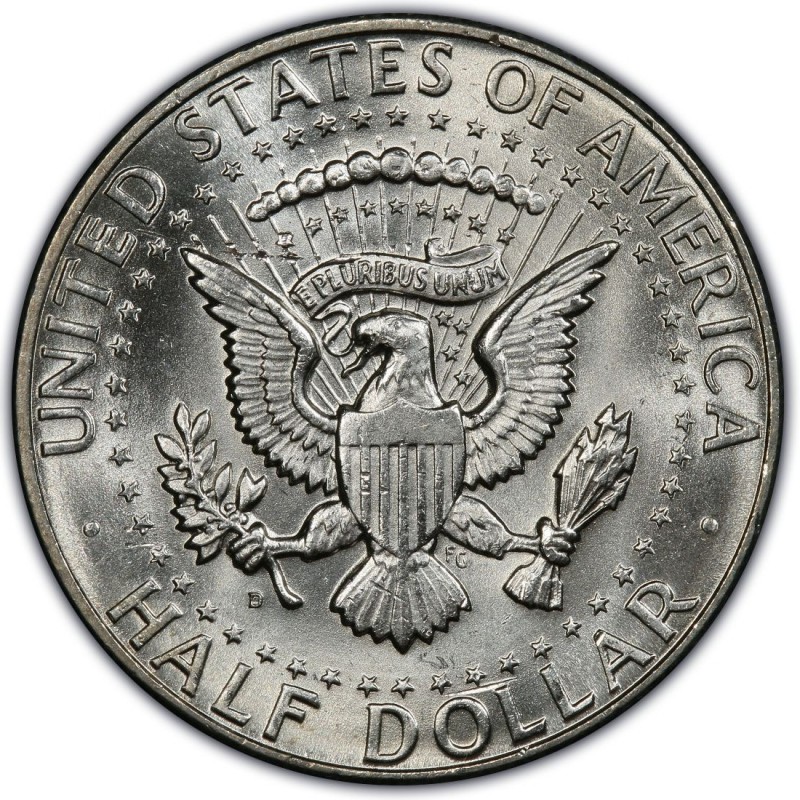A Daily Journey Through the Week's Market
Monday - 8.19.24: Gold prices edged down slightly by 0.23%, closing the day at $2,495.60 per ounce. Silver followed suit with a modest decline of 0.41%, ending the session at $28.92 per ounce. Both precious metals saw subdued trading as investors awaited further clarity on U.S. economic data, while expectations of potential interest rate cuts from the Federal Reserve helped provide some underlying support.
Tuesday - 8.20.24: Gold posted a slight gain of 0.45%, closing at $2,506.70 per ounce. Silver mirrored the upward movement, rising 0.58% to finish at $29.09 per ounce. The market responded positively to dovish signals from the Federal Reserve, indicating that the anticipated rate cuts could be closer, spurring renewed interest in precious metals as a hedge against economic uncertainty.
Wednesday - 8.21.24: Gold prices continued their upward momentum, rising by 0.74% to close at $2,525.30 per ounce. Silver saw a sharper increase, climbing 1.12% to settle at $29.42 per ounce. Investor sentiment was buoyed by the release of the Federal Reserve's meeting minutes, which signaled potential monetary easing later in the year. Global concerns surrounding geopolitical tensions also fueled safe-haven demand for precious metals.
Thursday - 8.22.24: Gold saw a pullback in early trading, slipping by 1.23% to $2,480.60 per ounce by mid-morning. Silver similarly declined, dropping 1.86% to $29.02 per ounce. The downturn came after positive U.S. housing market data suggested a stronger-than-expected economic performance, easing some concerns about an imminent recession and reducing the immediate appeal of gold and silver as safe-haven assets.
Friday - 8.23.24: Gold and silver prices rose solidly in early U.S. trading Friday as precious metals bulls anticipated a dovish speech from the U.S. central bank chief. December gold was up $19.90 at $2,536.60, and September silver gained $0.428 at $29.475. The market's focus is on the annual Jackson Hole Federal Reserve symposium, where Fed Chairman Powell is expected to provide guidance on the anticipated U.S. interest rate cut in September, with past speeches from central bank officials at the event often moving markets.
Gold Spikes as Powell Hints at Rate Cuts
Driving the news: Gold prices jumped to session highs after Federal Reserve Chair Jerome Powell signaled that interest rate cuts could be on the horizon. Speaking at the Jackson Hole Symposium, Powell suggested the Fed is ready to adjust its monetary policy as inflation cools and labor market risks rise.
By the numbers:
- December gold futures surged over 1%, trading at $2,551.60 an ounce.
- Markets are pricing in a 32% chance of a 50-basis point rate cut in September, with expectations of 150 basis points of easing by year-end.
What Powell said:
“We’re ready to pivot,” Powell said, emphasizing that future rate cuts will depend on incoming data and the balance of risks.
Between the lines: Powell’s comments were seen as dovish, but he also underscored that inflation remains a priority for the Fed. He expressed confidence that inflation could return to 2% without sacrificing a strong labor market.
What’s next: Despite Powell’s cautious tone, markets are pushing for deeper cuts, setting the stage for potential volatility ahead. Analysts suggest a weakening labor market could force the Fed to meet aggressive market expectations sooner rather than later.
The bottom line: The Fed isn’t in a rush to ease policy, but mounting pressure from markets and labor conditions could accelerate the timeline.
BRICS Bridge Digital Payment System Set to Disrupt Global Finance
The big picture:
The BRICS nations are making significant strides toward de-dollarization with the development of their own digital payment system, BRICS Bridge. The platform, announced by Valentina Matviyenko, Chair of Russia’s Federation Council, aims to revolutionize global financial transactions by offering an independent alternative to US dollar-dominated systems.
Why it matters:
BRICS Bridge is expected to be a global "bombshell" by introducing a payment system free of US dollar reliance. The initiative, driven by Russia, reflects the growing shift toward a multipolar world where national currencies and digital platforms are increasingly being used for trade and financial transactions.
By the numbers:
- BRICS expanded its membership in 2023, adding six new countries, including Argentina, Egypt, Ethiopia, Iran, Saudi Arabia, and UAE, strengthening its global influence.
- Russia and India announced a partnership to integrate their respective payment systems—RuPay and MIR—enabling seamless cross-border transactions without the US dollar.
What's driving the news:
- Ongoing sanctions and Russia’s disconnection from SWIFT have accelerated the need for an intra-BRICS payment system.
- The BRICS Bridge platform is being developed using digital currencies and blockchain to facilitate financial transactions among BRICS members.
Between the lines:
BRICS' de-dollarization efforts are gaining traction due to mounting US debt and a growing number of countries opting to settle trade in their national currencies. Russia's Finance Ministry confirmed that the BRICS payment system will be a major feature in the bloc's strategy to improve the global monetary system.
Zoom in:
The system will focus on creating a multisided digital payment platform to strengthen trade and financial cooperation among BRICS nations, potentially extending to other countries and regions, including the Shanghai Cooperation Organization (SCO).
What's next:
As BRICS continues to integrate new members into its financial framework, the development of the BRICS Bridge digital payment system is expected to be a key topic at the upcoming BRICS Summit in Kazan in October 2024. The platform's potential to reshape global finance will depend on its effectiveness in offering a cost-efficient, politically neutral, and user-friendly alternative to existing systems.
What they're saying:
- Valentina Matviyenko described BRICS Bridge as a "bombshell" for global finance, with the potential to disrupt traditional payment systems dominated by the US dollar.
- Kremlin aide Yury Ushakov highlighted the importance of ensuring that the BRICS payment system is convenient for governments, businesses, and individuals, emphasizing its use of digital technology and blockchain as key components.
Gold Bars Cross the Million-Dollar Mark
The big picture:
For the first time ever, a single gold bar is now worth over $1 million, as the price of gold hit an all-time high of $2,500 per troy ounce.
Why it matters:
This milestone reflects a broader trend in gold prices driven by factors such as increased central bank purchases and expectations of looser monetary policy by the Federal Reserve.
By the numbers:
- Gold bars typically weigh 400 troy ounces, making each worth more than $1 million at today’s prices.
- The London Bullion Market Association reports that bars generally range between 350 to 430 ounces of pure gold.
What's driving the news:
- In the first half of this year alone, central banks purchased a net total of 3 tons of gold—equivalent to nearly 40,000 gold bars, according to Bloomberg’s calculations based on data from consultancy Metals Focus.
Between the lines:
Central bank purchases are just one piece of the puzzle. Expectations of looser monetary policy from the US Federal Reserve have also boosted gold’s price surge this year.
Zoom in:
While London is the center of gold trading, smaller gold bars are also available for individual investors. Retailers like Costco sell smaller, more affordable gold bars to meet growing consumer demand.
What’s next:
Gold’s rally shows no signs of slowing down, especially as economic uncertainty and shifts in monetary policy continue to influence investor behavior. The ongoing interest from central banks and retail investors alike suggests gold could remain a safe-haven asset.
BRICS Announces Major De-Dollarization Milestone
The big picture:
The BRICS economic alliance has taken another significant step in its effort to reduce reliance on the US dollar in global trade. The bloc's latest announcement reveals that more than 90% of trade between Russia and China is now settled in local currencies, marking a crucial milestone in the de-dollarization campaign.
Why it matters:
BRICS has long sought to shift the global financial system away from US dollar dominance, driven by its opposition to Western sanctions, particularly following the invasion of Ukraine. The group's efforts to promote local currencies and develop a BRICS payment system are part of a broader push toward a multipolar world.
By the numbers:
- 90%+ of Russia-China trade is now settled in their native currencies, according to Russian Foreign Minister Sergey Lavrov.
- Since 2002, US dollar reserves have fallen 14% as BRICS gains traction globally.
- The US dollar’s global reserve share has dropped from 72% a decade ago to just 58% this year, according to the Atlantic Council’s Dollar Dominance Monitor.
What's driving the news:
- The BRICS bloc's success in de-dollarization stems from its expansion and increased economic cooperation among its members.
- The group now includes nine nations—recent additions like Iran, Egypt, Ethiopia, and the UAE further strengthen BRICS' ability to influence global finance.
Between the lines:
The decline in US dollar reserves and the increasing use of local currencies within BRICS reflect both a response to Western sanctions and broader concerns about the fragility of the US economy. This ongoing shift has impacted the greenback’s dominance in global trade and finance.
Zoom out:
As BRICS grows and strengthens its economic influence, the group is poised to continue challenging the US dollar’s role in global commerce. With its de-dollarization agenda advancing, the bloc could reshape the global financial landscape in the years ahead.
Next Week’s Key Events
MONDAY, Aug. 26
- None scheduled
TUESDAY, Aug. 27
- 9:00 am: S&P Case-Shiller Home Price Index (20 cities) - June
- 10:00 am: Consumer Confidence - August
WEDNESDAY, Aug. 28
THURSDAY, Aug. 29
- 8:30 am: Initial Jobless Claims - August 24
- 8:30 am: GDP (Second Quarter)
- 10:00 am: Pending Home Sales - July
- 3:30 pm: Atlanta Fed President Raphael Bostic speech
FRIDAY, Aug. 30
- 8:30 am: PCE Index - July
- 10:00 am: Consumer Sentiment (final) - August
IMPACT ON PRECIOUS METALS MARKET
S&P Case-Shiller Home Price Index
Rising home prices may signal economic growth, reducing the appeal of gold and silver as safe-haven assets. Conversely, slowing home price growth could boost demand for precious metals if it signals economic slowdown.
Consumer Confidence
High consumer confidence indicates economic strength, often leading to lower gold and silver demand. Low confidence might increase demand for these metals as people seek safer investments.
Atlanta Fed President Raphael Bostic's Speech
Bostic's comments on monetary policy or economic outlook could significantly impact gold and silver prices. Hawkish tones (rate hikes) generally weaken precious metals, while dovish tones (lower rates) can boost them.
Initial Jobless Claims
Higher-than-expected jobless claims could weaken confidence in the economy, raising demand for gold and silver. Lower claims might have the opposite effect, reducing demand for these metals.
GDP (Q2)
Strong GDP growth could lead to less demand for safe-haven assets like gold and silver, as it reflects a strong economy. Weak growth may increase demand for these metals.
Pending Home Sales
A strong housing market might reduce demand for precious metals as it reflects economic strength. Conversely, weak home sales could lead investors to seek refuge in gold and silver.
PCE Index
This inflation gauge can heavily influence gold and silver prices. Higher inflation typically drives demand for these metals as hedges against inflation, while lower inflation may reduce demand.
Consumer Sentiment
Similar to consumer confidence, weak sentiment may push investors towards gold and silver, while strong sentiment could reduce their appeal.
